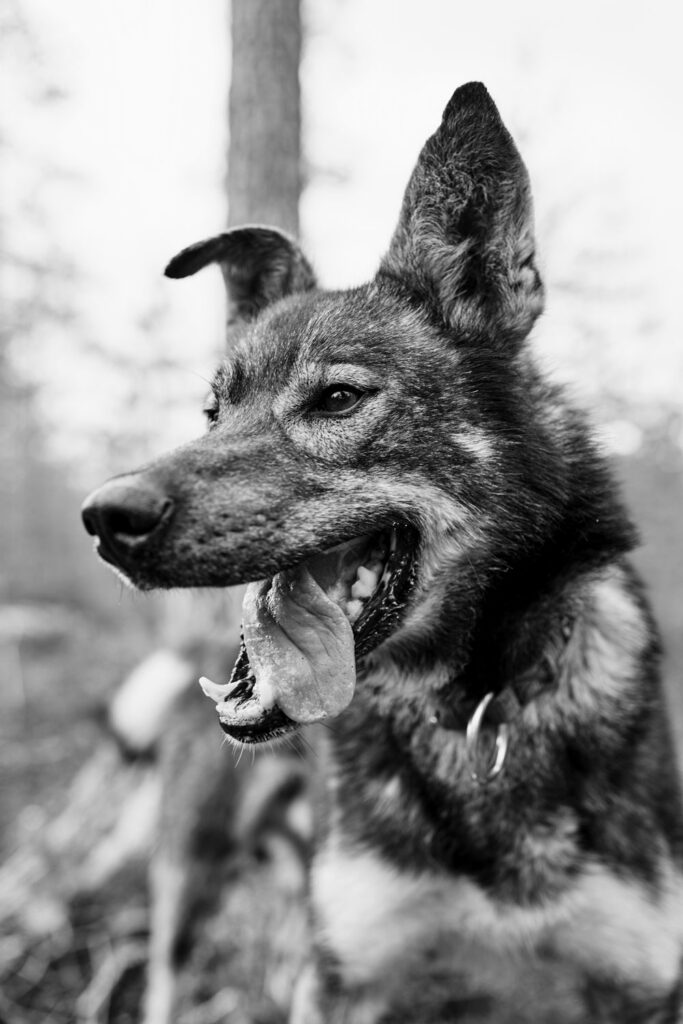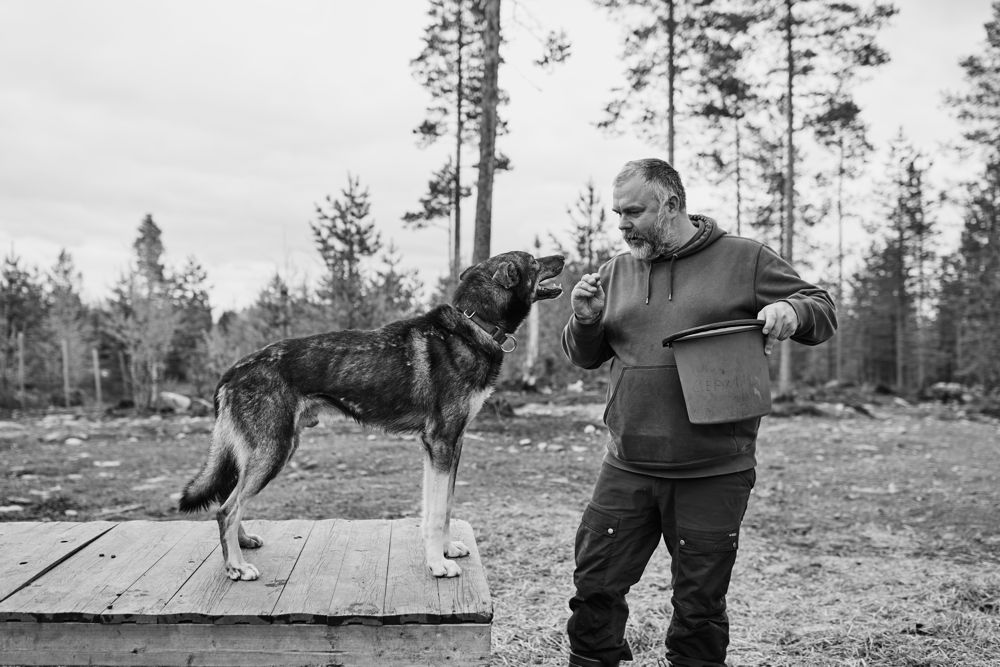Why I Refuse to Register My Dogs (For Now): A Protest Against Bureaucratic Blindness
There’s an ancient belief, found in myth, legend, and even the Bible: that to name and count a thing is to hold power over it. Whether we’re talking about stars in the sky or cattle in a field, knowledge (and the will to record it) grants responsibility, insight, and ultimately, control. That’s why it makes sense that the Finnish government recently enacted a legal requirement: all dogs in Finland must now be micro-chipped and registered in a national database.
On the surface, this seems sensible. After all, identifying and tracking your dogs has always been best practice; and in principle, I support this. If we can track cows across the EU from the moment they’re born, surely we can do the same for sled dogs in Lapland — especially in a region where the proper care and regulation of working animals is more than just a moral question: it’s a matter of economic, social and environmental responsibility.
So yes, in theory, it’s a good idea. In practice, however, this registry has a fatal flaw. A flaw that speaks volumes about the stubbornness of outdated institutions and the dismissive attitude toward one of the most important working dog populations in Finland: the Alaskan Husky.
Let’s walk through what happens when you register a dog in this new system. You log in, fill in basic details: name, date of birth, color, and then breed. This is where the trouble starts. If you, like me, care for and train Alaskan Huskies, the backbone of professional and recreational mushing in the north of Finland, you’ll find no such option on the breed list.

That’s right. There is no checkbox for ‘Alaskan Husky.’ You can pick “Siberian Husky,” “Alaskan Malamute,” even “Greenland Dog”, but not the dog breed that probably outnumbers all of them in northern kennels: the Alaskan Husky. Instead, you’re forced to lump your animals in with “mixed breeds,” the same category used for street dogs that are re-homed in Finland, untraceable mutts, and backyard pets with unknown lineage.
The result of this bureaucratic decision, or rather indecision, is that we don’t actually know how many Alaskan Huskies exist in Finland. We can’t track them. We can’t distinguish them from random rescues or casual crossbreeds. If someone in Rovaniemi looks at the local dog population statistics, it may look like Siberian Huskies are the second most popular breed, because their owners can actually select the correct option.

When I asked why the Alaskan Husky isn’t on the list, I received a variety of vague answers. The most infuriating response that I was given was that, “We follow the Kennel Club’s list of purebred dogs.” Let’s be clear , this is an administrative decision. The Finnish government is not bound by Kennel Club definitions. They could simply choose to recognize the Alaskan Husky for what it is: a purpose-bred, genetically-diverse, but functionally unified working dog. Instead, they’ve chosen purity over practicality, bureaucracy over biology.
So no, I haven’t registered my dogs yet. Truthfully I won’t; at least not until something changes. Yes, I know it’s legally required. Yes, I will comply eventually. For now, though, this is my protest. I refuse to pretend that my dogs are “something else.” I refuse to reward a system that has the gall to demand my data while disrespecting the very identity of the animals I care for, train, and rely on.
Alaskan Huskies deserve to be counted. Their breeders deserve to be acknowledged. Their role in Finnish northern life — economically, culturally, and historically — deserves respect. So no, my dogs are not “something else.” They are Alaskan Huskies and they should be recognized as such.



